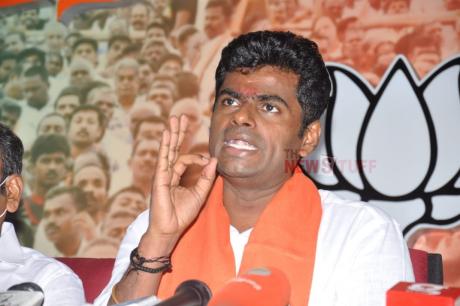(This article is authored by Alar...a freelance content writer)
Yesterday- December 1, we have observed the 32nd World AIDS Day with the theme of 'Global solidarity, resilient services' amid the global COVID-19 pandemic. For several decades, AIDS has been one of the syndromes haunting human lives. The disease holds a major share in the circle of social stigma in India as it had scared the affected people and weakened them to fight back the disease due to lack of awareness. The government and organizations had conducted several campaigns and programs across the country to create awareness on preventing the disease and on mitigating societal taboos. With the campaigns, it was believed that the disease has brought under control. But what's the current state?
According to the National AIDS Control Organization (NACO), around 2.14 million people in India had got affected by the epidemic till 2017, which made India the third-largest population of persons affected by HIV/AIDS. India's epidemic is concentrated among key affected populations, including sex workers and men who have sex with men. World Health Organization (WHO) briefing that, by June 2020, 26 million people across the globe were accessing antiretroviral therapy, observing a 2.4% increase from an estimation of 25.4 million at the end of 2019.
AIDS: The story of its birth:
HIV is a type of lentivirus, which attacks the immune system of one's body and significantly lessens the body’s resistance to fight against other diseases. It was found in 1984. Researchers discovered a connection - a strain of SIV in a chimpanzee is identical to HIV in humans.
The First Case of HIV is from a blood sample taken in 1959 from a man living in what is now Kinshasa in the Democratic Republic of Congo. And slowly it started to spread all over the world. One of the earliest cases in North America was confirmed in 1968.
It was targeted earlier as “90-90-90” targets for 2020. But unfortunately, COVID-19 blocked the way of suppressing AIDS. It may make it even more difficult to achieve the end of HIV infection by 2030. It seems pandemic may meddle with supply chains and delivery regarding HIV services. WHO and UNAIDS modeling study indicated that 6-month disruption in the key to HIV medicines could guide to a doubling in AIDS-related deaths in sub-Saharan Africa in 2020 alone.
HIV can hide in parts of the body which makes finding a cure is so difficult, despite the fact of infinite availability of technology today. People believe that sexuality brings out the major reason to get the infection in the first place. From the beginning of human evolution, people have been living in communities built on the practices of mutual respect, creating a sense of collaboration, tribes, and communities, moving together from place to place.
Despite this, technological innovations, illiteracy, racial discrimination, and economic exploitation have caused major and unjustified trouble worldwide, developed a fact that the HIV virus is primarily contracted through sexual contact, breastfeeding, pregnancy, and exposure to any type of infected medical equipment. It is often spread by secret, confidential or illegal activities - a characteristic that makes this disease unique. Misconceptions shape beliefs; Unfortunately, most people in our society do not realize that being infected with HIV is not the intent of the patient.
However, experts are aiming to make the target to be topped by the end of 2030. It will be thoughtful today by remembering the words of legendary actor and humanitarian Elizabeth Taylor, "It is bad enough that people are dying of AIDS but no one should die of ignorance."









Comments